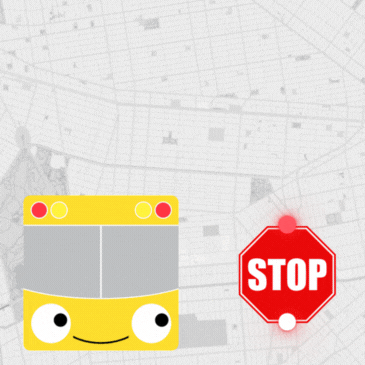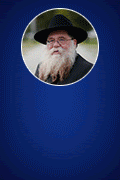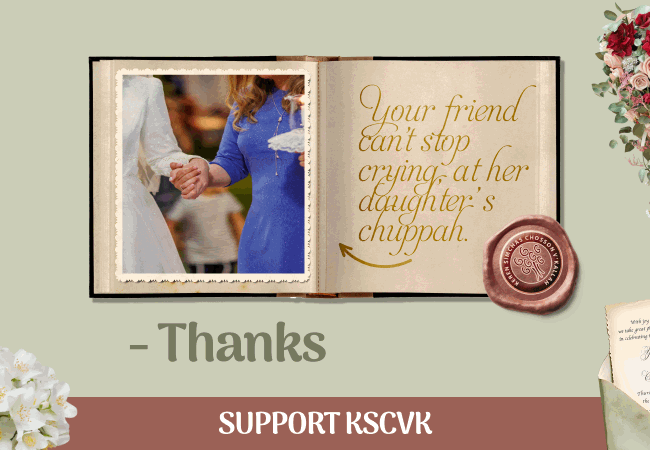
Weekly Dvar Torah: The Day a Soul Broke an Empire – the Triumph of Jewish Pride
I read the interrogation files of a Soviet prisoner from Stalin’s Russia—documents that chilled my bones and set my soul ablaze. A Chossid, Reb Folye Kahan, was accused in 1930 of being part of the “anti-Soviet underground network of Rabbi Schneerson.” For pages and pages, the NKVD pressed him, again and again, demanding: Who is Rabbi Schneerson? Where is he? How do you know him? Are you part of his network?
Rabbi Schneerson. Rabbi Schneerson. Rabbi Schneerson.
It reads like the Soviets believed that this one man, this Rebbe, was a nuclear weapon. Not a general. Not a spy. Not a politician. Just a Jew—a Rebbe—who taught other Jews to light Shabbos candles, build Mikvehs, and educate their children in Torah.
To the Soviets, that had to be a death sentence.
The obsession in the transcripts is almost comical. It’s as if the fate of the entire Soviet Union hinged on one man and his Chassidim. Why were they so afraid? What army did the Rebbe command? What artillery did he have? What was this terrifying threat he posed?
Their terror wasn’t irrational. It was spiritual intuition.
They knew something we often forget: a Jew who stands tall in his faith is an unstoppable force. They knew that a Mikveh in a basement was more dangerous to them than a bunker of weapons. That a Torah lesson whispered in the snow was a revolt more potent than any political uprising.
They were right.
And that’s what we celebrated this week—on the 12th and 13th of Tammuz. We celebrated a revolution. We celebrated the day that one Jewish soul shattered an empire.
Ninety-eight years ago, in 1927, the Frierdiker Rebbe—Rabbi Yosef Yitzchak Schneerson—was arrested by the Soviet secret police. His crime? Being Jewish. Teaching Torah. Opening Jewish schools and building mikvehs. Reviving Jewish life in a land determined to extinguish it.
He was sentenced to death. Then to ten years of hard labor. Then exile. Finally, on Yud Beis Tammuz, he was freed. But not before being beaten, humiliated, and shoved into the dreaded Shpalerke prison, where even the walls seemed to breathe fear. And yet, the Rebbe didn’t flinch. He refused to speak Russian to his interrogators. He answered them in Yiddish—the language of his soul.
He didn’t cower. He stood. Because he knew he wasn’t just one man. He was the flame of Torah in exile. And if that light was extinguished, there would be darkness for generations.
And so, he won.
Not only was he freed, but he was forced out of Russia, planting the seeds for the global Jewish revival that would blossom years later in America under the leadership of his son-in-law—the Rebbe.
What happened next is nothing short of prophetic.
The Soviets exiled, imprisoned, and murdered thousands of Jews for being Chassidim. My own great-grandfather, Reb Shmuel Nyemotin, was among them. Yet today, where are those Soviets?
Gone.
And where are the Chassidim?
Building Mikvehs in Tumen, Siberia. Ordaining Rabbis in Kazan. Teaching Torah in places where their grandfathers were shot for the same “crime.” The grandson of a persecuted Chossid now dances with Torah books. The great-grandchildren of Stalin’s enemies now sing “Am Yisrael Chai” in cities once soaked with Jewish blood.
Before Simchas Torah, Rabbi Yerachmiel Gorelik, Chabad Shliach in Kazan, received an email from the local police chief—the successor to the very men who once hunted his grandfather. “I’ll be celebrating Simchas Torah at home,” he wrote. “But how can I dance with a Torah?”
Yerachmiel replied, “Take any Jewish book you have, and dance with it. Hashem will know.”
After the holiday, the chief sent a video. Wearing a big Kippa, tall Tzitzis, clutching a Sefer to his heart—he danced with all his might to the sound of lively Jewish music.
Tell me Stalin won. I dare you.
In his must read, bestselling book, Samarkand, Reb Hillel Zaltzman, one of the leaders of the underground Yeshivos in the ‘50s and ‘60s, asks a haunting question in his postscript. After recounting decades of smuggling Jewish books, teaching Torah in secret, and eluding the KGB, he wonders: Did we do enough? Could we have done more?
Imagine that. A man who risked his life every day to keep Judaism alive still tortures himself with self-doubt.
That’s the secret of a Chossid. That’s what Yud Beis Tammuz reveals. It’s not just a historical event. It’s a living fire in the soul of every Jew.
It is the conviction that if you don’t fight for G-d, then what are you living for? It is the knowledge that the spark of a Jew is a spark of G-d Himself, and to let that spark go dim is to betray your own essence.
The Frierdiker Rebbe didn’t just win his freedom. He broke the chains for all of us. His stand against tyranny lit a path for the Jewish world to walk with pride, with strength, with unbreakable dignity.
And his successor, our Rebbe, turned that fire into a movement.
Today, over 6,000 Chabad Shluchim and their families carry that legacy to every corner of the globe. From Bangkok to Berlin, Alaska to Argentina, Chassidim who never saw the Rebbe with their own eyes give their lives to keep Jewish souls alive.
In Russia alone—once the epicenter of Jewish darkness—Jewish life now flourishes. Thousands of Brissen. Thousands of weddings. Jewish centers that would have seemed like science fiction in 1930. Built not with government permission, but with Divine mission.
The Soviets understood something we too often forget: the only way a Jew survives is by standing tall. Not by shrinking. Not by hiding. Not by apologizing. But by remembering who we are and Whose we are.
From Avraham in the furnace, to the Jews in Egypt, to Mordechai in Persia, to the Maccabees fighting the Greeks, to the Jews who sang Ani Maamin in Auschwitz, and to those who built Mikvehs in frozen Siberia—it’s always been the same story.
They try to crush us. We rise.
They try to erase us. We write new chapters.
They try to bury us. And we bloom.
Thank You, Hashem, for Giving Us the Rebbes.
Yud Beis Tammuz is not just a celebration of one man’s release. It’s a declaration that the soul of a Jew cannot be imprisoned. That Torah cannot be silenced. That the Rebbe’s light cannot be dimmed—not by Stalin, not by gulags, not by fear.
We stand today on the shoulders of giants—Chassidim who died for a Mikveh, who risked their lives for a Jewish child to learn Alef-Beis, who whispered words of Torah under cover of night, who cried for a future they’d never live to see—but whose tears watered the seeds of our rebirth.
And now, it’s our turn to carry the torch.
Not with fear. But with fire.
Yud Beis Tammuz is our call to stand tall and proud—to dance with our Torah, to build our Mikvehs, to raise our children as Jews who know that their very existence is a Divine revolution.
The Soviets knew that the soul of a Jew is indestructible.
Now it’s time we remember it too. This is the prelude to the revelations of Moshiach.
Have a Shabbos of Freedom and Pride,
Gut Shabbos
Rabbi Yosef Katzman














